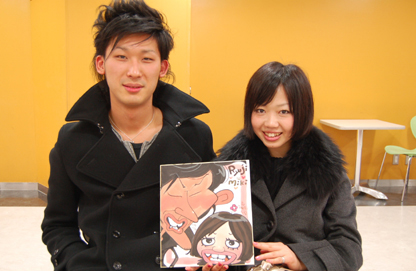My retelling of Wagner's story was inspired by a the version on DVD by Zubin Mehta and the Valencia Community Orchestra. Trust me, this version is worth seeing and is reputed to be one of the best Walkuries recorded in the digital era. I saw it at Steve Worth's place last night and it bowled me over.
I needed examples to illustrate the story but I could find only one good clip of the Mehta version, and that was a rehearsal. It's still well worth seeing, though. It's the last video on the bottom; don't miss it. Most of the excerpts here are by other artists. If you're hearing this music for the first time, then I envy you.
Anyway, here's the story. It's one of the greatest stories in all of opera, so I don't think it'll put anyone to sleep.
A good place to start is with the action described in the clip from the top of the post, the one where Siegmund and Sieglinde sing about their love for each other. This is no wimpy, half-hearted crush...these guys have just met their kindred souls (each other), the one who they'll both fight to the death for. Sieglinde's already married to a brutal neanderthal (I'm taking liberty with the story in order to condense it) who's enslaved her. They run into the night to escape him.
The problem is that the gods have witnessed all this and have taken sides. In order to prevent a civil war in Valhalla, Wotan orders Brunhilda and her Valkyries to kill Sigmund. This is a big deal because the Valkyries are the ultimate lethal weapon. No human army could stand up to them, let alone a solitary hero like Siegmund.
Brunnhilda finds the couple and prepares to kill them, but can't go through with it. Theirs is the purest example of love she's ever seen. She can't prevent the other Valkyries from helping the enraged husband to kill Siegmund, but she's determined to prevent harm from coming to Sieglinde. She begs the other Valkyries to help the mortal woman escape. If need be, she's willing to stand up to Wotan himself.
Wotan finds out and is outraged. Not even the Valkyries can help Brunnhilde now. He punishes her by making her mortal and putting her to sleep. The first human slob who finds her and wakes her up will take possession of her. She'll live in misery like a slave, will feel pain, and will grow old and die.
I forgot to say that Brunnhilda was Wotan's favorite child. They love each other fiercely. As sleep overcomes her, Brunnhilda begs Wotan for one last favor. Let a wall of intense fire surround her sleeping body. Make it so horrific that only the greatest of heroes could penetrate it. Wotan grants her wish then, grief-stricken, he exits. The lights slowly fade out on her inert body covered with a shield and surrounded by a ring of intense supernatural fire. Neat story, huh? The events continue in the next opera in the cycle, "Siegfried."
This Christmas, consider giving yourself a Christmas present...the Blue-Ray DVD of Mehta's "Die Walkure." It's $35 on Amazon. Netflix doesn't seem to have it. If you're hard up for dough, maybe you can pester your local library to buy a copy. I recommend watching it on video, rather than listening to it on CD. The English subtitles are indispensable aids to understanding the story.
BTW, I wonder if this post will find itself on the radar of Wagner aficionados. Those people are brutal. They address each other with openers like, "Dear stupid" and "Dear Dumb Ass." Differences of opinion are treated like heresies.




















































